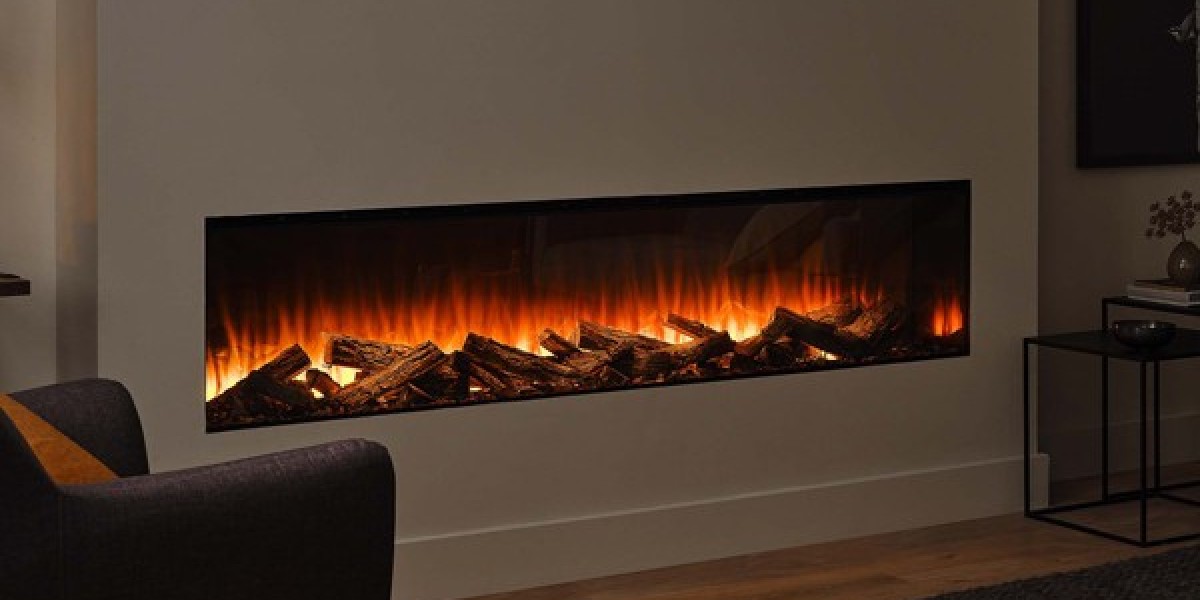Choosing the Right Wax
When it comes to candle making, choosing the right wax is crucial. The type of wax you use will determine the burn time, scent throw, and overall quality of your candles. There are several options to choose from, including soy wax, beeswax, paraffin wax, and gel wax. Each type has its own unique characteristics and benefits. Soy wax is known for its clean burn and excellent scent throw, while beeswax offers a natural, honey-like aroma. Paraffin wax is versatile and commonly used in candle making, while gel wax allows for creative designs with embedded objects.
Consider your specific needs and preferences when selecting the wax for your candles. Think about factors such as the desired burn time, fragrance intensity, and the type of container or mold you will be using. Research different wax options and experiment with different blends to find the perfect wax for your candle making projects.
Exploring Different Candle Molds
Candle molds come in a wide variety of shapes and sizes, offering endless possibilities for creating unique and beautiful candles. From classic pillar molds to novelty shapes like flowers and animals, there is a mold for every style and theme. Silicone molds are popular for their flexibility and ease of use, allowing for easy removal of the finished candles. Metal molds are durable and provide a smooth finish, while glass molds offer a transparent look that showcases the candle's design and color.
Experiment with different candle molds to explore various techniques and designs. Try layering different colored waxes or adding embeds to create interesting patterns and textures. Don't be afraid to mix and match molds to create your own custom shapes. The possibilities are endless when it comes to candle making with different molds.
Adding Fragrance and Color
Fragrance and color are important elements in candle making as they contribute to the overall aesthetic and sensory experience. There are various ways to add fragrance and color to your candles. For fragrance, you can use candle-safe fragrance oils or essential oils. These oils come in a wide range of scents, allowing you to create candles with soothing lavender, refreshing citrus, or warm vanilla fragrances, among many others. Be sure to follow the recommended usage rates for the specific fragrance oil you choose to achieve the desired scent throw.
When it comes to coloring your candles, you can use liquid dyes or color blocks specifically designed for candle making. These colorants are highly concentrated and will disperse evenly in the wax, creating vibrant and consistent colors. Experiment with different color combinations to achieve the desired effect. Keep in mind that some fragrances may affect the color of the wax, so it's important to test your chosen fragrance and color combination before making a large batch.
Adding fragrance and color to your candles is a fun and creative process that allows you to personalize your creations. Whether you prefer bold and vibrant colors or subtle pastel shades, and whether you want a strong or subtle fragrance, the choice is yours to make.
Creating Unique Designs with Embeds
Embeds are decorative elements that can be added to candles to create unique and eye-catching designs. They can be anything from dried flowers and herbs to small figurines and gemstones. Embeds can be placed at the bottom of the container or suspended in the wax to create a floating effect. They add an extra touch of beauty and elegance to your candles, making them stand out from the crowd.
To use embeds, first prepare your container or mold by pouring a small amount of wax and allowing it to partially set. Then, carefully arrange your embeds in the desired pattern or position. Once the embeds are in place, pour the remaining wax to fill the container or mold. As the wax cools and solidifies, the embeds will become securely embedded within the candle.
Experiment with different types of embeds to create unique designs and themes. Consider the overall aesthetic you want to achieve and choose embeds that complement your chosen fragrance and color scheme. Whether you want to create a romantic candle with rose petals or a whimsical candle with seashells, the possibilities are endless with embeds.
Mastering the Art of Candle Pouring
Candle pouring is a fundamental technique in candle making that requires precision and practice to master. To achieve a smooth and even pour, it's important to melt the wax at the correct temperature and pour it slowly and steadily into the container or mold. Here are some tips to help you master the art of candle pouring:
- Use a double boiler or a wax melting pot to melt the wax gently and avoid overheating.
- Stir the melted wax gently and thoroughly to ensure an even temperature throughout.
- If using fragrance or color, add them to the melted wax and stir well to incorporate.
- Before pouring, preheat the container or mold to prevent sinkholes or adhesion issues.
- Pour the wax slowly and steadily, starting from the center and moving towards the edges.
- Avoid pouring the wax too close to the container's rim to prevent overflow.
- Allow the candles to cool and solidify completely before trimming the wick and enjoying the finished product.
With practice and attention to detail, you can become a master in the art of candle pouring. The more you pour, the more you will learn about the nuances of different wax types, fragrances, and molds, allowing you to create candles that are both visually stunning and beautifully scented.







